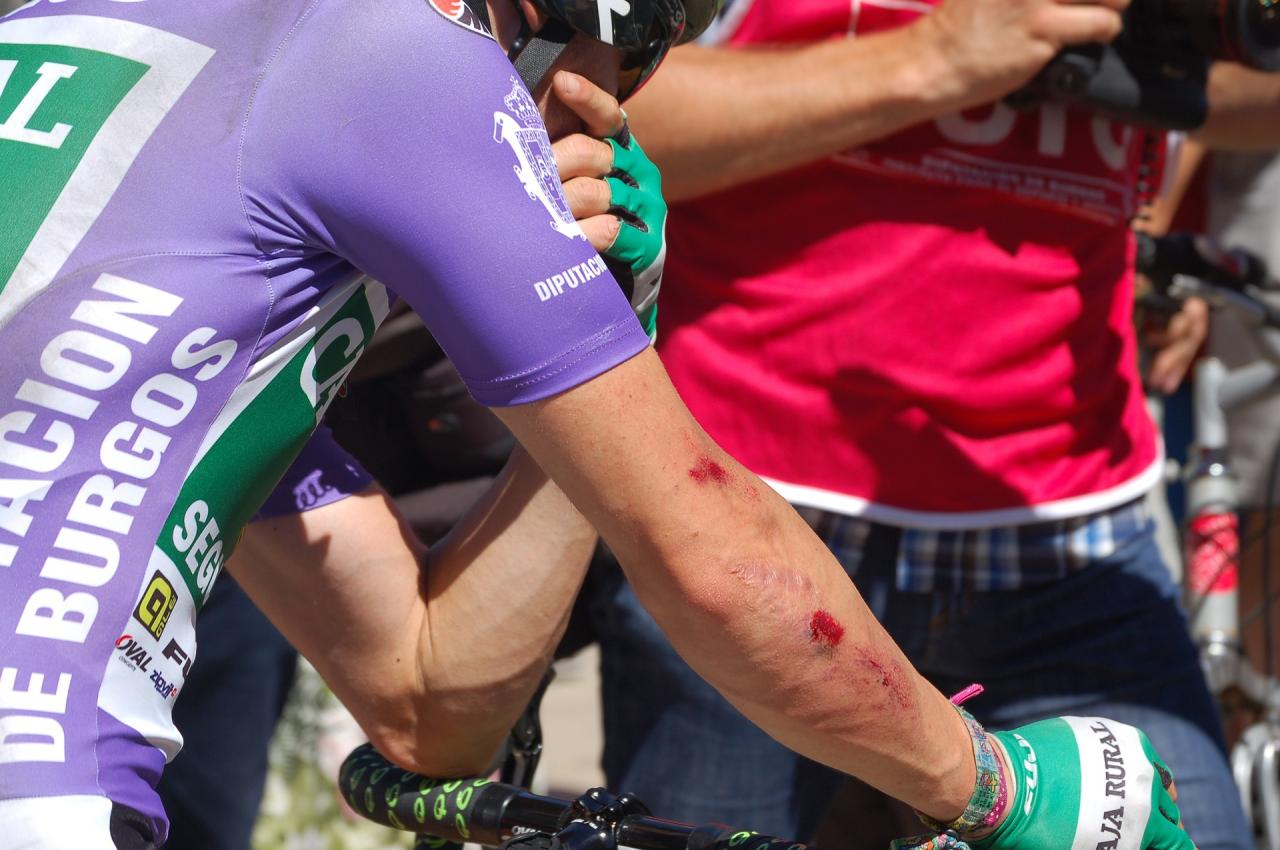No athlete is immune from injuries. Despite warm-up training, appropriate (protective) equipment and the right exercises, something can always happen. The range of sports injuries is broad and ranges from small abrasions to complicated bone fractures.
In an emergency, a doctor should look at the injury and treat it properly. However, you can also treat some of the typical sports injuries yourself. It is only important to know what to do with which injury and which means support the healing.
Sports injuries are very common. After all, all it takes is one wrong step and you’ve already taken something. However, lack of concentration is not always the only reason why athletes twist, slip or fall.
Even who does not or does not feel before training if you do not warm up enough, you risk injuries , especially in the area of the joints and muscles. The risk is additionally increased if you are in a bad training condition or exceed your own load limit.
Missing breaks between training days or during training also lead to pain and injuries to muscles and joints. The same applies to incorrect execution of the movement sequences. In some sports it is also fatal not to wear any protectors or other protective equipment.
Falls, such as during soccer training or from a bicycle, usually result in open wounds and skin grazes – especially when the ground is uneven. In order to stop the burning pain and bleeding quickly, the right first aid equipment must not be missing in the sports bag.

Open wounds must be properly treated so that there is no inflammation
First of all, to stop the bleeding and to clean the wound . Dirt particles can cause inflammation and must therefore be removed thoroughly before the wound is covered. Running (drinking) water, saline solution or a wet cloth, with which the wound is dabbed, are best suited for this. Foreign objects such as small stones may need to be removed with tweezers. A wound disinfectant then ensures that any germs are killed and that there is no inflammation. Finally, the wound is protected from external influences with a plaster or a wound pad, depending on its size and depth.
If foreign objects such as large stones or glass splinters are stuck in the wound or if the bleeding is very heavy, it is better to see a doctor. Deep wounds must be stapled or sutured by the doctor.
Typical injuries that occur while exercising include injuries to muscles and joints, including strains, bruises, sprains, torn muscle fibers as well tendon injuries and inflammation. The shoulder, ankle and knee joints are usually affected. With such injuries, it is important to act quickly and thus positively influence the healing process.
A well-tried method is the so-called PECH rule :
Break : If you are in pain, stop moving immediately and keep the affected area still to limit swelling.
Ice : Cooling the affected area with cool packs or gel pads relieves pain and inhibits the inflammatory reaction. In addition, the cold constricts the blood vessels so that the area does not swell any further.
Compression : A light pressure bandage that slightly compresses the tissue, prevents further bleeding and reduces swelling. In addition, the injured part of the body is stabilized.
Elevation : So that the affected area is not supplied with too much blood, it should be positioned higher than the heart. This also relieves the pain because there is less pressure on the wound.

Kinesiotape stabilizes muscles and joints and supports healing
For healing Kinesiotape can be used for muscle, joint and ligament injuries. It is an elastic cotton tape with an acrylic adhesive layer that adapts perfectly to the natural movements of the body. The freedom of movement is retained, at the same time the tape stimulates the body’s self-healing powers and has a stabilizing and pain-relieving effect. The kinesiotape is in different sizes and colors available. A width of five centimeters and a length of the entire tape roll of five meters is common, but other widths and lengths are also available. The tape sticks to the skin for up to a week and is waterproof.
The colors indicate no difference in the strength or elasticity of the Tapes. However, they are specifically chosen by some users in order to use the respective color effect for healing. Blue is said to have a cooling, calming effect, while red brings warmth, strength and stability. In this context, yellow is invigorating and invigorating, while green is supposed to promote regeneration and disinfect.
If the swelling is very severe or the pain has not subsided after two to three days, it is advisable to consult a doctor. Pain at rest, i.e. if the joints hurt even when there is no strain, should be examined by a doctor.
If you don’t drink enough or strain your muscles too much during exercise, you risk muscle cramps. When you sweat, the body excretes fluids and salts – but both are important for good muscle functionality . If there is a deficiency, it can lead to cramps. The calf and foot muscles are mostly affected.
In the case of an acute muscle spasm, it helps to massage the affected muscle. The movements should be towards the heart. Gentle, passive stretching of the muscle also releases the spasm. If you have a calf cramp, pull your toes up while you push your heel down.
To avoid muscle cramps in the first place, athletes should always drink enough, especially during and after training. The best are special sports drinks that nourish the muscles well. It is also important not to overstrain the muscles and to take breaks between training units. Regular stretching, especially after exercise, reduces the tendency of the muscles to cramp.
